Category: Articles
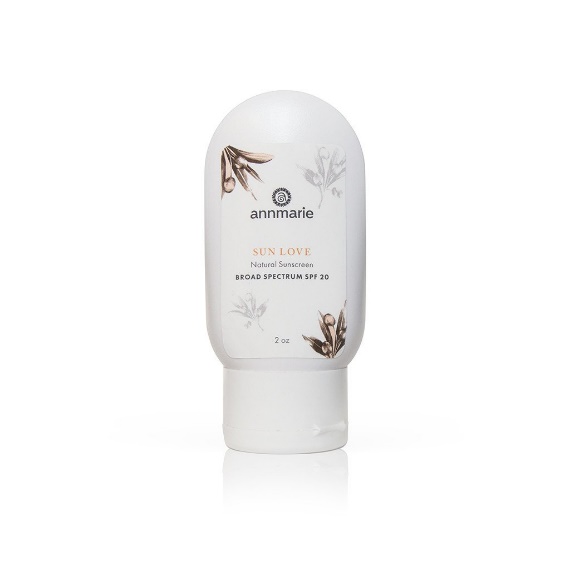
annmarie Sunscreen
Choosing a sunscreen can be difficult, especially since most have harmful and toxic chemicals or make promises for UV protection that may not be accurate. Two of the most harmful ingredients to watch for in sunscreens are oxybenzone, which is a known endocrine disrupter, and retinyl palmate, a form of vitamin A that can harm…
Read More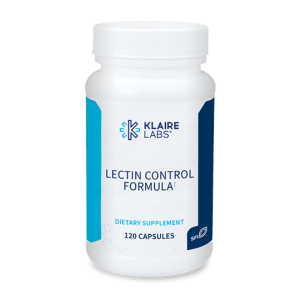
Product: Lectin Control Formula
Lectins are specialized proteins commonly found in fruits, vegetables, seafood, and especially in grains, beans and seeds. They are not degraded by stomach acid or proteolytic enzymes, making them resistant to digestion. Certain lectins consumed in everyday foods can bind to cells in the gut and to blood cells, initiating a cytokine response and contributing…
Read More
Lectins: What Foods Contain them?
And What to Do About It By Nancy Mehlert, MS If you are reading this without first reading our main article, you may want to back up and read it to benefit from the more in depth introduction to lectins. Now, for anyone struggling to lose weight, dealing with autoimmunity or digestive issues, or simply…
Read More
What are Lectins? Should I care?
By Mila McManus MD The study of lectins is an extensive and emerging area of science with far-reaching implications to both health and healing. Learning about them may be a significant game changer for your health. The findings may even surprise you. It is quite possible that lectins are the hidden cause behind many symptoms…
Read More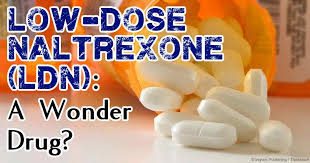
Could this help you?
If you are familiar with my practice and know that we work hard to heal and restore health in everyway possible without using prescription drugs, you may be wondering why I am excited to tell you about Low Dose Naltrexone (aka LDN). For three reasons, I believe this is a great example of a very…
Read MoreProtein Powder Alert
By Nancy Mehlert, MS The Clean Label Project is a non-profit, consumer product labeling organization working to ensure accurate labeling of food and products for people and animals. Recently, they completed their 2018 Protein Powder Study where 134 protein powder products from 52 brands were screened for over 130 toxins including heavy metals, BPA, pesticides,…
Read More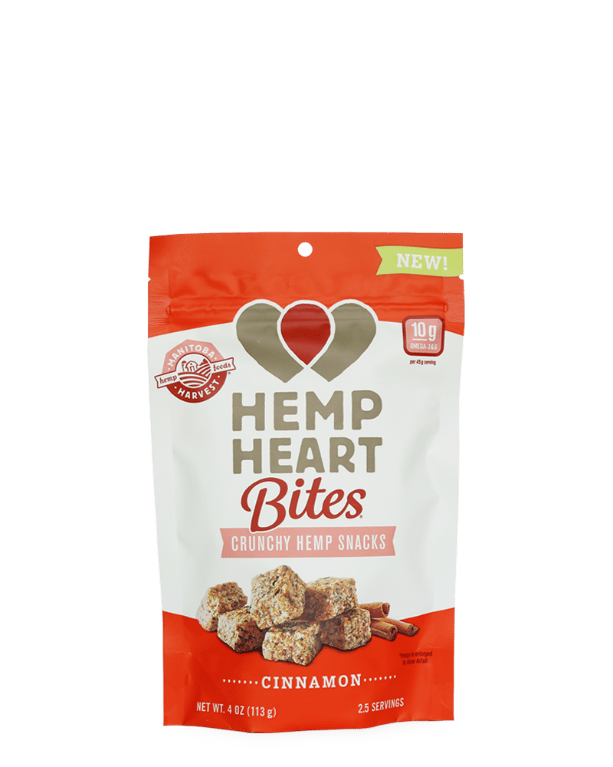
Nutrition Nugget: Manitoba Harvest Hemp Heart Bites
Check It Out – Portable packaging, Dessert Cookie, Breakfast or Lunchbox treat….. Every once in a while, I see some really great new products that I know our readers will want. Here is one you need to check out: Manitoba Harvest Hemp Heart Bites come in a larger bag or individual snack bags. I found…
Read More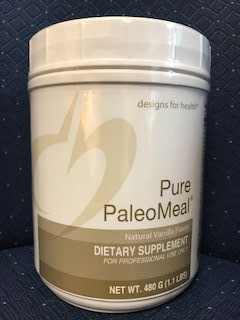
Supplement of the Month: Pure Paleo Protein Powder
Supplement of the Month Pure Paleo Protein Powder By Designs for Health Considering recent testing, rendering so many protein powder options in the marketplace very toxic (see related article in this issue), we are pleased to carry a protein meal replacement powder in which we can have confidence in quality and purity. According to our…
Read More
Various Diets Explained Series: Vegan and Vegetarian
This is the final article in this series on various diets. This article explains the Vegan and Vegetarian diets. Because there are formalized societies for both, we will quote directly from the Vegan Society and the Vegetarian Society to provide definition and clarification of what is included, and not included, in these diets. Then we'll…
Read More
Take Charge of Your Health
We believe in empowering you to be an active participant in your health journey. With our guidance, simple lifestyle adjustments can yield profound results. Let us be the bridge to a healthier, happier you.
SCHEDULE AN APPOINTMENT